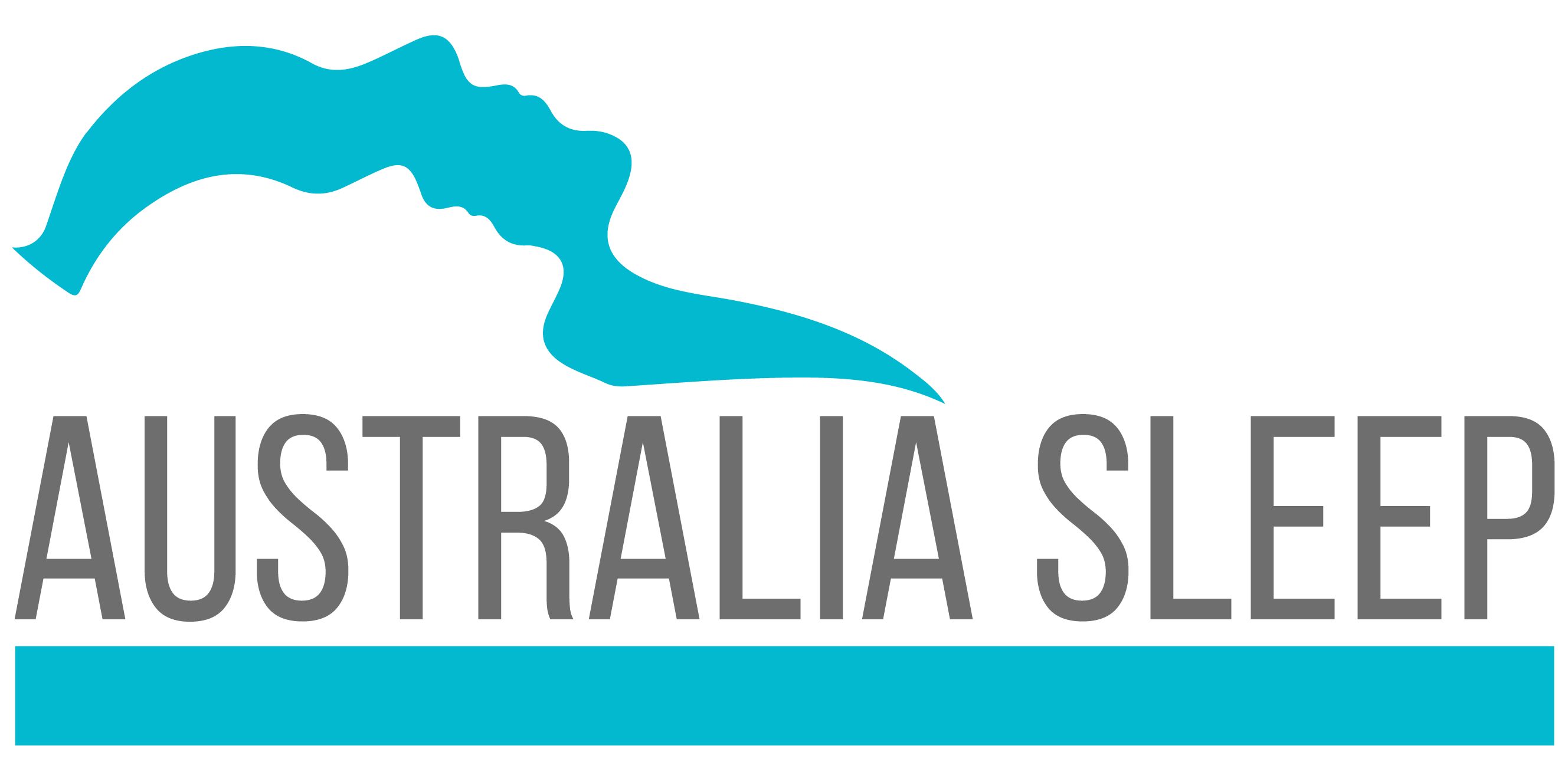Consult with a Healthcare Professional:
Schedule an appointment with your primary care physician or a sleep specialist. They will take a detailed medical history, ask about your symptoms, and conduct a physical examination.
Sleep Evaluation Questionnaire:
Your healthcare provider may ask you to fill out a sleep evaluation questionnaire. This questionnaire helps assess the severity of your symptoms and the impact of sleep disruption on your daily life.
Home Sleep Apnea Testing (HSAT):
In some cases, your healthcare provider may recommend a home sleep apnea test (HSAT) as an initial screening tool. HSAT involves wearing a portable monitoring device while you sleep at home. This device typically measures breathing patterns, oxygen levels, and other parameters to help diagnose sleep apnea.
In-Lab Polysomnography (PSG):
If the results of the home sleep apnea test are inconclusive or if your healthcare provider suspects a more complex sleep disorder, they may recommend an in-lab polysomnography (PSG). PSG is a comprehensive sleep study conducted in a sleep center or laboratory. It monitors various physiological parameters, including brain activity, eye movement, heart rate, respiratory effort, and oxygen levels during the night.
Continuous Positive Airway Pressure (CPAP) Titration:
If sleep apnea is diagnosed during an in-lab PSG, the healthcare provider may perform a CPAP titration study on a subsequent night. This study helps determine the optimal air pressure settings for a CPAP machine if it is prescribed as a treatment.
Multiple Sleep Latency Test (MSLT):
In some cases, especially if there are concerns about excessive daytime sleepiness, your healthcare provider may recommend an MSLT. This test measures how quickly you fall asleep during daytime nap opportunities and assesses your level of daytime sleepiness.
Review and Treatment Planning:
Once the sleep study results are available, your healthcare provider will review the findings with you. If sleep apnea is confirmed, they will discuss treatment options, which may include lifestyle changes, positional therapy, dental devices, CPAP therapy, or, in some cases, surgery.
It’s important to follow your healthcare provider’s recommendations and participate actively in the diagnostic process. Treatment of sleep apnea is essential to improve sleep quality, alleviate symptoms, and reduce the risk of associated health problems.
If you believe you may have sleep apnea, don’t hesitate to discuss your concerns with a healthcare professional who can guide you through the appropriate diagnostic steps.



